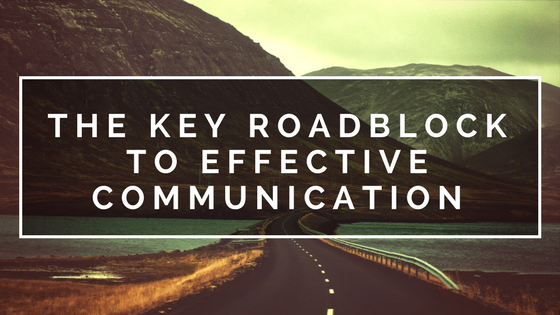“At one point I couldn’t even think straight.” “I was seeing red.” “I felt like a deer in the headlights.” “I wanted to run out of the room.” “Nothing I was saying was making any sense.” “I just couldn’t listen to him/her anymore.”
Have you ever found yourself saying these words when describing an argument you had with your spouse? You’re not alone in experiencing this phenomenon. If you notice adrenaline pumping through your body and you can feel your heartbeat pounding, you might be experiencing what marriage researcher John Gottman describes as “flooding.”
Imagine you’re in a water tank as you talk with your spouse. As the argument goes on, the water is rising closer and closer to your face. As your heart rate increases, you slowly become submerged. At this point, you can’t hear the person speaking to you above the water, you can’t see more than a foot in front of you, and you panic as you realize you can’t breathe.
Flooding occurs when you’re in the midst of a heightened emotional situation, like an argument where the Four Horsemen are present. Your body goes into fight-or-flight mode, with the most obvious sign being a rapidly rising heart rate. When you’re in this state of diffuse physiological arousal, the part of your brain that runs your impulse control and decision-making capacities shuts down. Essentially, the thinking part of your brain is overtaken by the emotional part of your brain.
Flooding interrupts your discussion as you become unable to absorb what your partner is saying and understand his or her point of view. It’s easier to say hurtful or harsh words to your spouse that you will later regret. As you get overwhelmed with emotion, your spouse can follow suit.
Often, flooding happens when you’re triggered by something unrelated to the present-day conversation. Perhaps your spouse mentions feeling overwhelmed by household chores. This immediately reminds you of how angry and unstable your mother would get when she felt overwhelmed, and memories arise of feeling unsafe.
When flooding takes place, here are a few ideas of how to handle it:
Acknowledge that flooding is happening.
Identify the signs of flooding as they occur, accept that it is a normal response to tense interactions with your spouse, and acknowledge that you aren’t the best version of yourself when you’re flooded. By taking this first step, you preempt your spouse suggesting you might be flooded, as that will likely make the situation worse.
Communicate that you’re feeling flooded or overwhelmed.
When you notice adrenaline racing through you and your thoughts spiraling out of control, pause and communicate what you need to your spouse. Your partner can’t tell what is going on in your body or foresee your emotions, but when you communicate how you feel you invite you partner to respond differently.
Ask your partner to rephrase the statement.
Your spouse may simply be communicating with a certain tone or phrasing that triggers you. Asking your spouse to restate the sentence allows them to slow down and think about how they are expressing their concern. As they reframe the statement, you can sort out if you’re being triggered by what they’re saying or by the way it is being expressed.
Practice self-soothing.
Mindfulness strategies for reducing anxiety can be helpful when your body is in fight-or-flight mode. Focusing on your breathing brings you back to the present and tells your body that you’re safe and in control. Practice these skills on your own so that you’re prepared to use them when needed in the midst of a conflict conversation. When you notice being flooded, you can even invite your spouse to practice with you, using an app such as Headspace.
Take a 20-minute break.
When the discussion feels too overwhelming, ask your spouse for a 20-minute break. Do something unrelated to the conversation you’ve been having with your spouse. While you are on this break, be sure not to rehash the conversation, how you wish you would’ve responded, or what you’ll say next. Instead distract yourself: take a walk, go for a run, read a book or magazine, listen to a playlist of your favorite music, watch a funny TV show, draw, or doodle. This calms your body’s reaction to the trigger and allows you to re-enter the conversation from a neutral state of mind.
Take a longer break.
Sometimes 20 minutes just won’t cut it. Returning to the conversation at a later date gives you an opportunity to cool down. If you choose this option, set a specific time to return to the conversation and make sure you follow through. You’ll avoid resentment and bitterness that can come if the conversation goes unfinished.
Before that continuation conversation, identify what triggered you in the earlier conversation. Notice where you’ve felt that particular emotion in your life, including outside your marriage. Be prepared to share what you discover with your spouse, as well as one thing both you and your spouse could do differently the next time you’re triggered. The goal of sharing about your trigger isn’t to create guilt in your partner, but to create intimacy in your relationship.


